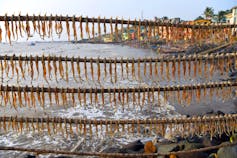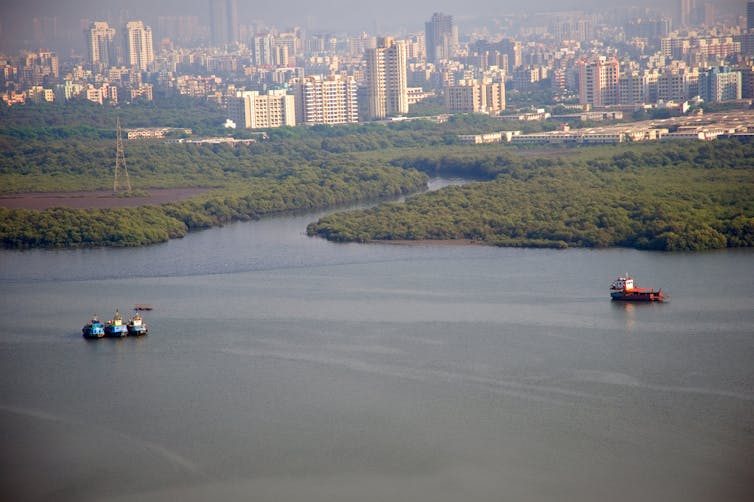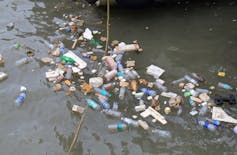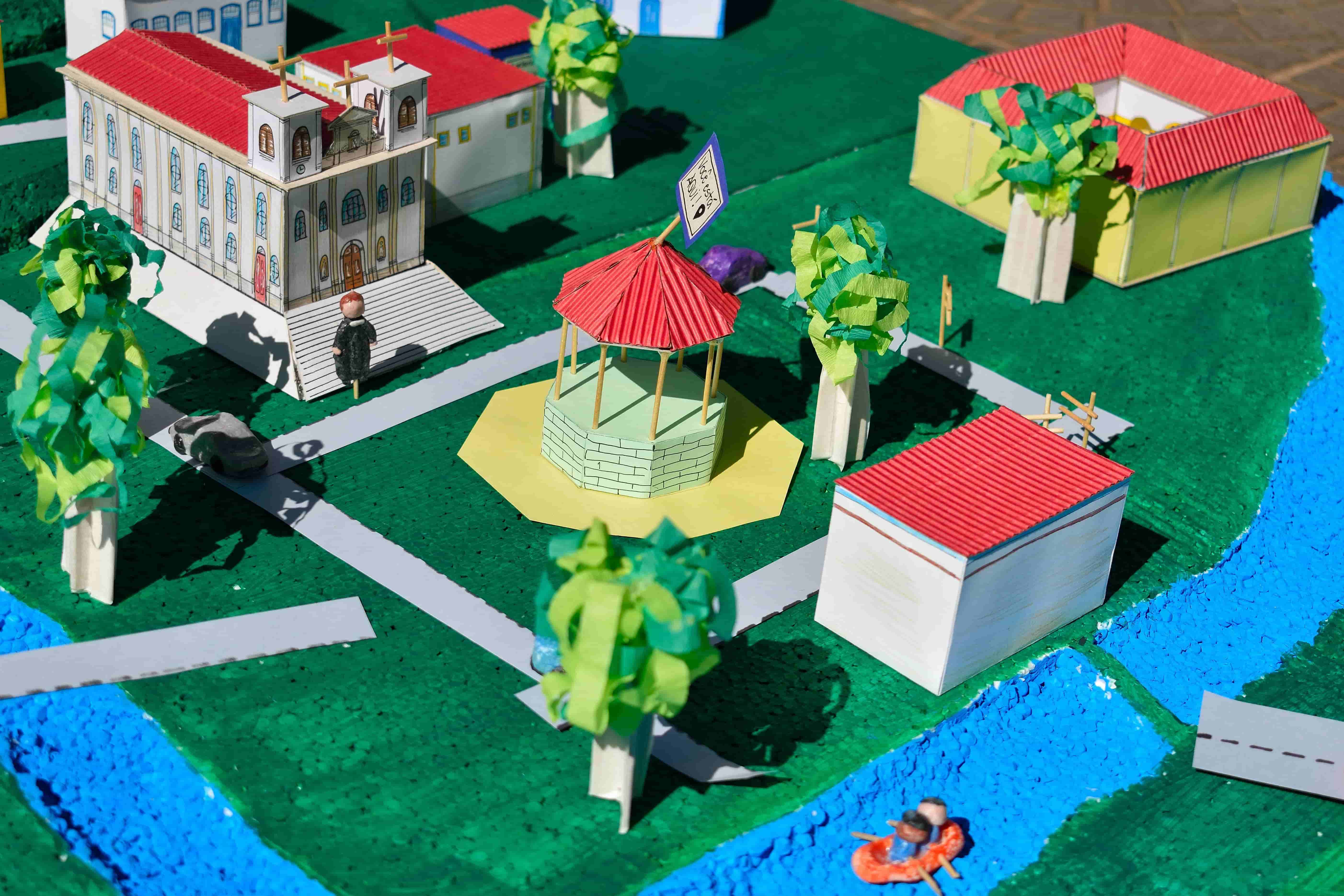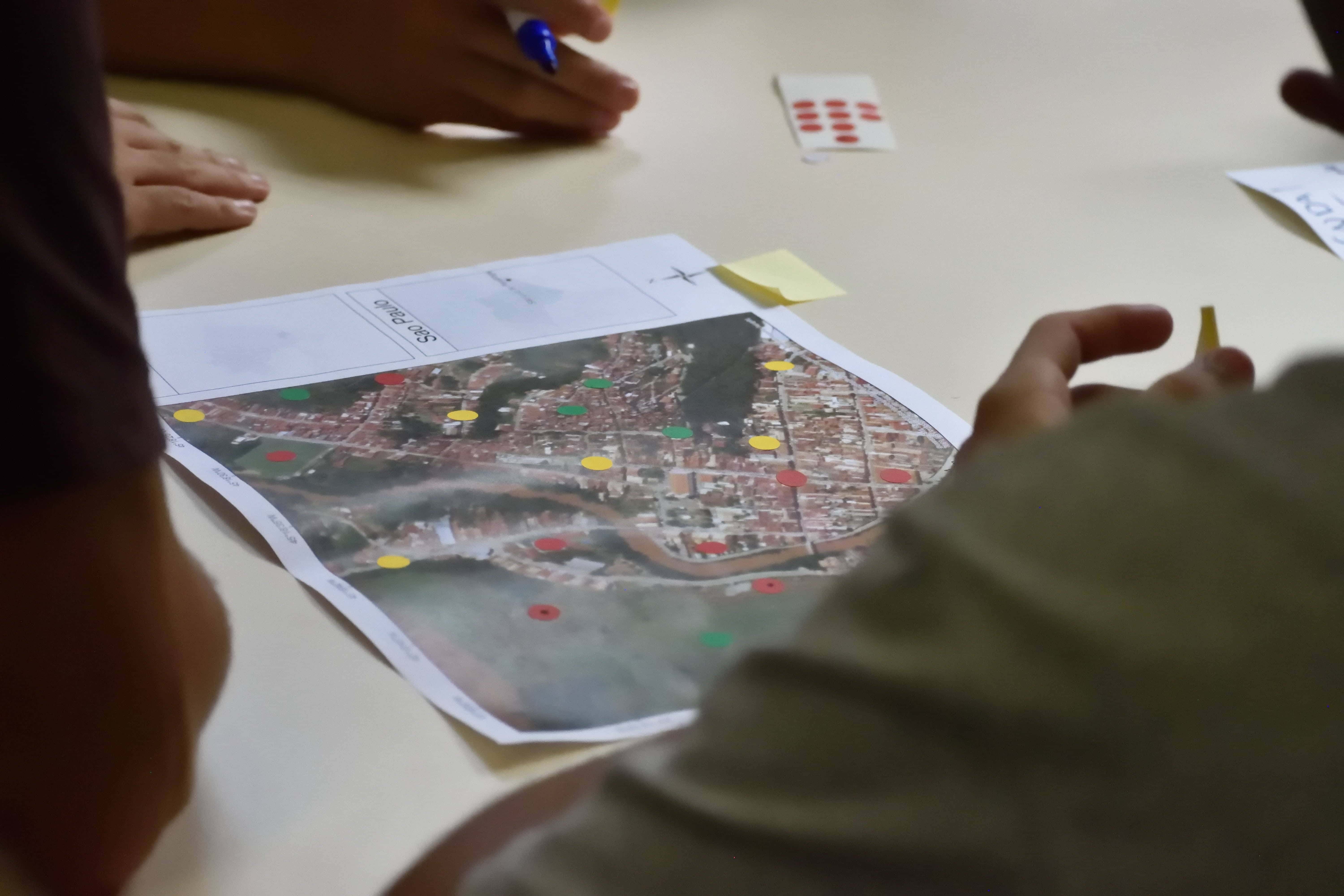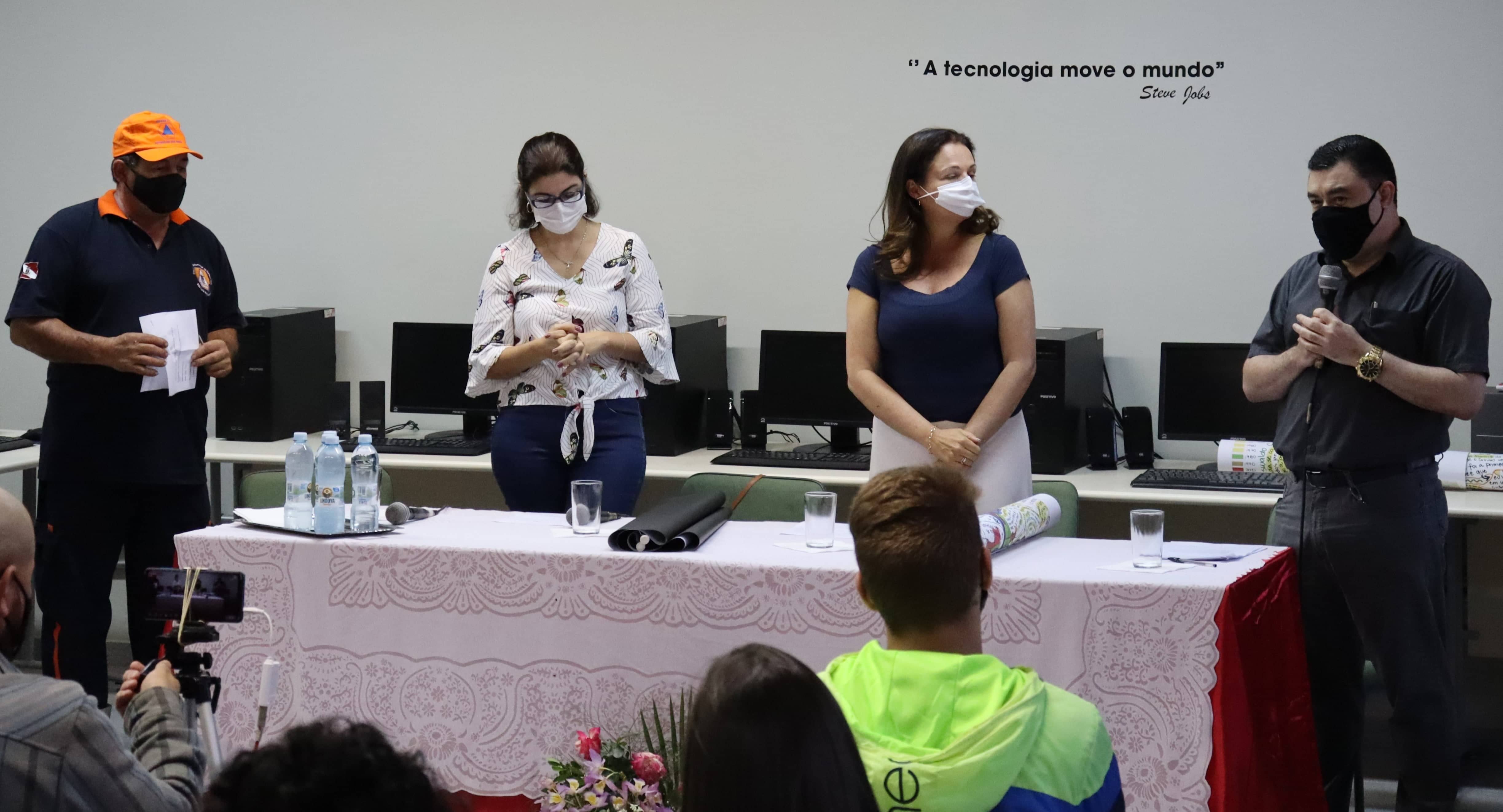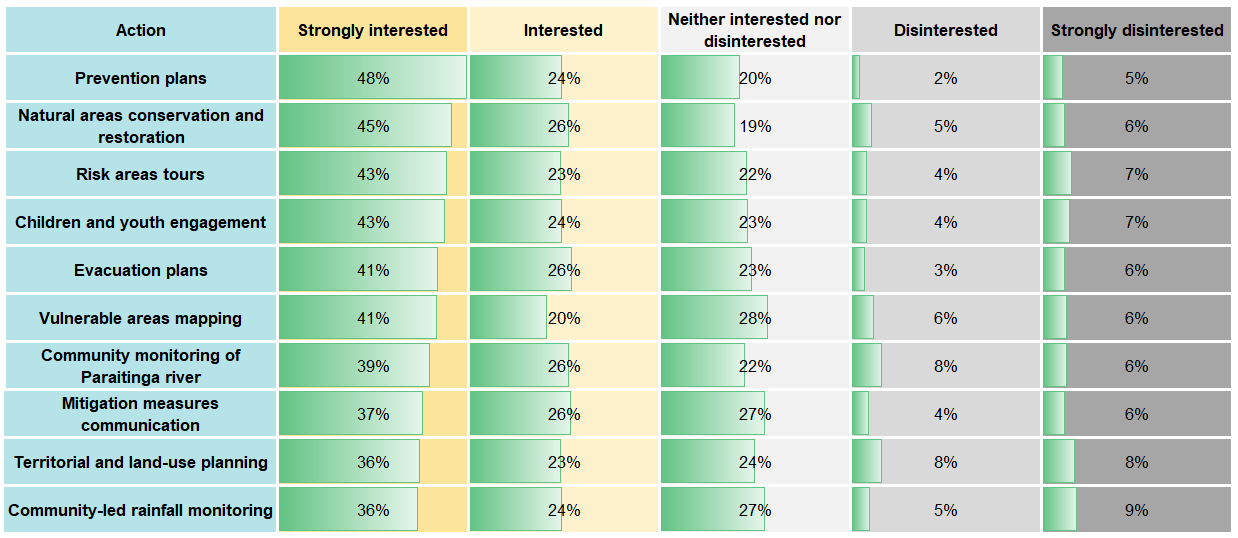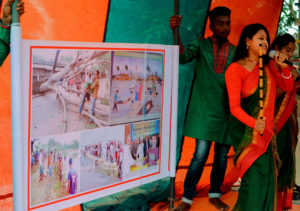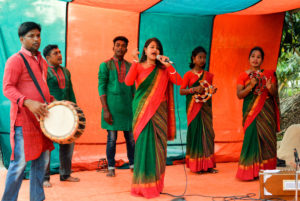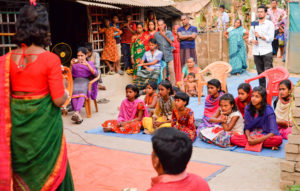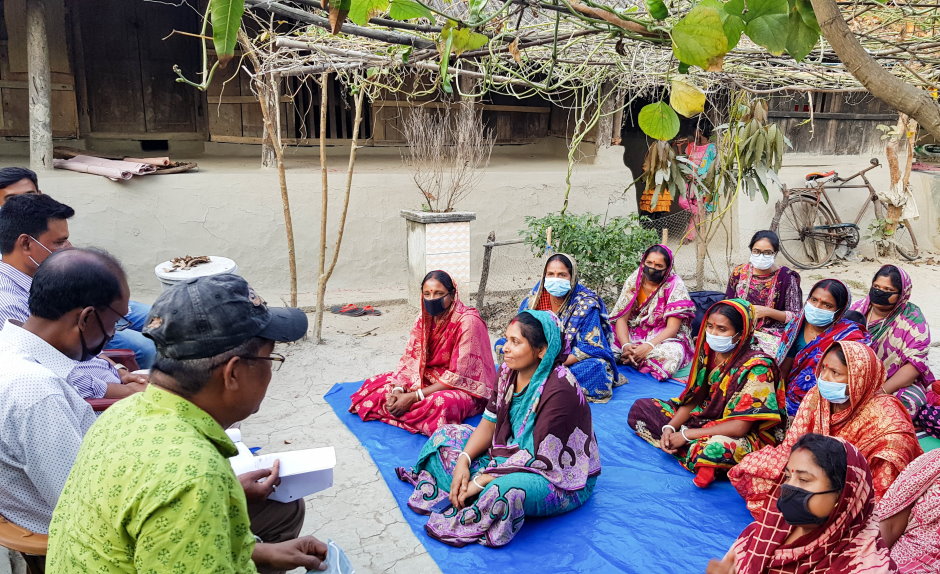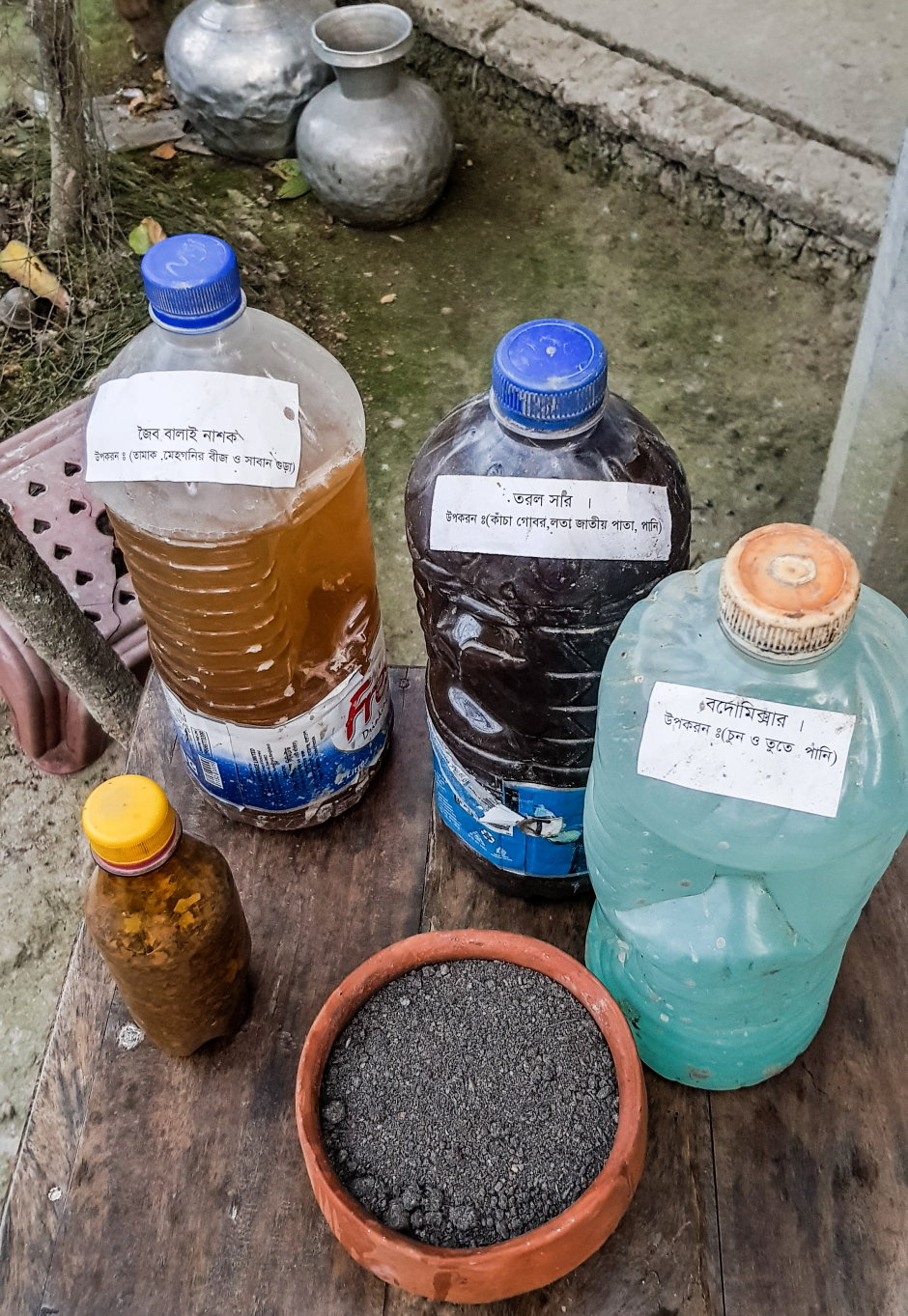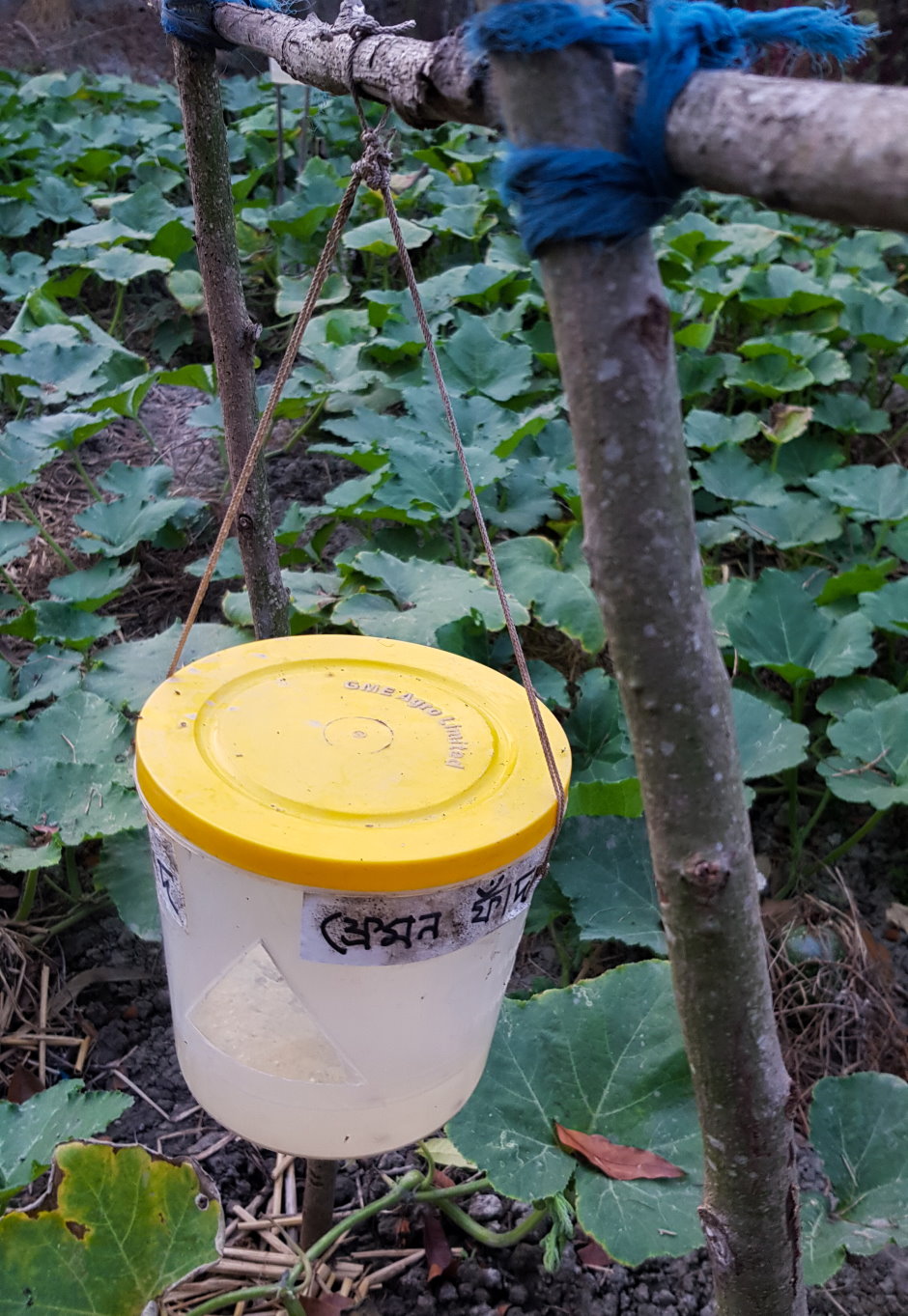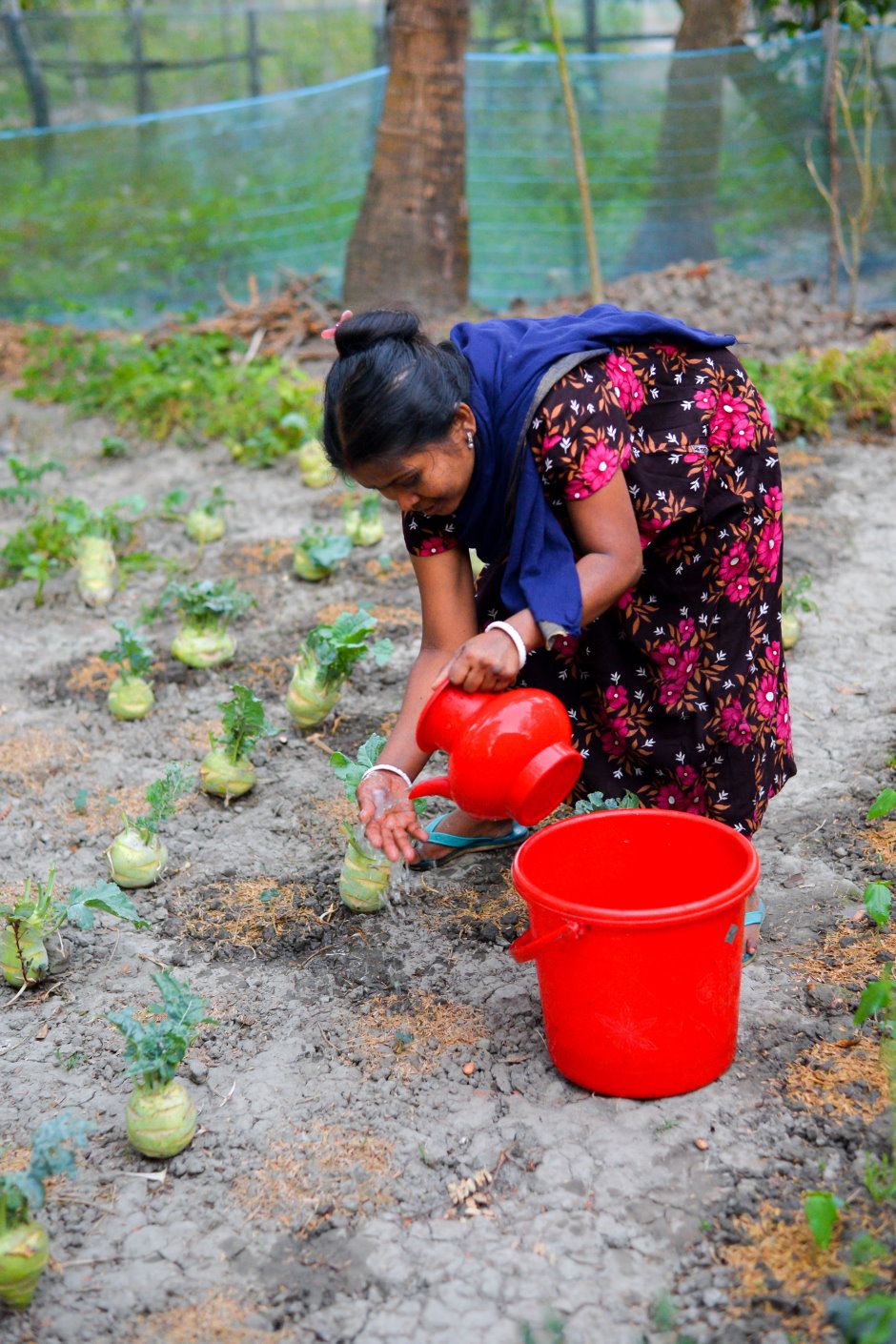One of the aims of the Transformations to Sustainability (T2S) programme is to build capacity for international research collaboration by supporting early-career scientists. For this long-read blog, journalist Riley Sparks interviewed early-career researchers from different T2S projects about the insights gained from carrying out transdisciplinary research as part of international project teams working in different settings worldwide.
Daiana Monteiro Tourne was trying to solve a mystery.
The ecologist and forest engineer wanted to understand what environmental factors help the endangered Brazil nut tree thrive, and what could threaten it. If scientists could understand those factors and build a map of suitable habitats for the tree, they could more effectively target their efforts to save it.
Tourne developed a complex model that allowed her to map Brazil nut habitats, feeding it a database of thousands of records of individual trees and tuning the model to take into account more than 100 environmental variables.
She’d answered part of the question – but the missing dimension was people, she says. To understand what threatened the trees and why, she needed to be on the ground, learning from communities and hearing what they know about their environment.
“I discovered that if I want to protect the forest, I need people. I need to understand how people manage and how people are involved with this natural resource,” Tourne says.
Now, as a doctor of applied ecology and researcher with the Transformations to Sustainability AGENTS project, Tourne brings that interdisciplinary approach to the project’s efforts to document innovative ways people in Brazil, Bolivia and Peru sustainably use the Amazon’s forests and waterways.
Around the world, researchers working with T2S are bringing local perspectives and context into sustainability conversations, combining multiple disciplines to examine problems through different lenses.
Tourne and the AGENTS team have documented local initiatives including farming co-ops, resource-sharing agreements and innovative agricultural techniques, as well as micro-industries like plant nurseries and medicinal oil production.
Using data gathered through fieldwork and geospatial analysis, AGENTS aims to inform policy by sharing community-based solutions that are already in use around the region.
“We’ve discovered a lot of strategies which people are doing with such few resources,” Tourne says. When it comes to research and policy, people in the region are often invisible, she says – but they’re the key to understanding how to support and amplify sustainability initiatives.
“I know this is important for science, combining both approaches – technologies as well as people’s opinions, traditions, history,” Tourne says.
In Busia, Uganda, researcher Esther van de Camp used her background in industrial ecology and anthropology to understand the complex dynamics at play in artisanal and small-scale gold mining.
Van de Camp, a PhD candidate at Leiden University who also trained as an industrial ecologist and anthropologist, contributed to the international Gold Matters project. The T2S project brings together a wide range of specialists including ecologists, artists, engineers and more, working in seven countries to explore how small-scale mining can become more sustainable.
Through fieldwork and conversations with miners, van de Camp’s research emphasized how local social, economic and environmental factors affect the choices miners make in terms of the tools and techniques they use, and therefore environmental impact.
Projects that aim to improve that impact and make sustainable changes need to consider broader social justice questions, not just the environment in isolation – it’s all connected: “Sustainability transformation includes structural transformation as well as societal transformation,” she says.
For Wilhelm Andrew Kiwango, part of that transformation includes looking at how colonial structures influence how we think about conservation, which is the focus of his sustainability research in Tanzania.
Kiwango’s work in southwestern Tanzania’s Ruaha-Rungwa ecosystem is part of the CON-VIVA project, which brings together teams studying the relationship between humans and apex predators on four continents: lions in Tanzania, wolves in Finland, jaguars in Brazil and bears in the U.S.
A post-doctoral researcher with a background in wildlife conservation and environmental governance, Kiwango is interested in looking at how people interact with animals.
“By training, I’m a wildlife manager and conservationist. That’s my passion. By putting social sciences into it, I came to realize the human dimension of conservation, and how that has been kind of neglected by conservation theory,” he says.
His research as part of the CON-VIVA project examines whether the colonial practice of “fortress conservation” – where wildlife is preserved through tightly controlled protected areas – is an effective method, and if it can be replaced with a new framework inspired by convivial conservation, which doesn’t separate the world so cleanly into human and wild spaces.
“People used to live with wildlife, from time immemorial, and there were no problems. These problems started when we started separating people from wildlife and saying, ‘This is for special people,’” Kiwango says. “We would like to see conservation done on our own terms, and in our own ways,” he says. Understanding how to rework the conservation model to fit the local context requires many different lenses, he says.
Doing fieldwork in the Amboseli region of southern Kenya, Kiwango heard from Maasai people about how they coexist with apex predators like lions and hyenas – even though some of their livestock are taken by predators every year.
“To them, that’s not an issue, because that’s how they’ve learned to live,” he says. But in his focus area in Tanzania, his research details a wide variety of communities with different practices and ways of living with predators, which raises a variety of questions about how a new conservation framework could be implemented.
The research also raises questions about governance: in Kiwango’s focus area in Tanzania, for example, the region has several different conservation strategies and different governance arrangements, rooted in an approach imposed by European powers.
The area includes a national park, as well as a game reserve that dates back to the German and British colonial governments. “In the national park, no shooting of an animal is allowed – but because there are no fences, when it goes to a game reserve, it can be hunted,” Kiwango explains.
“Implementing something like a convivial conservation approach in this area requires quite a lot of reconfiguration,” he says.
Kiwango says the current conservation model creates a walled garden guarded by heavy security that separates local people from the land, while leaving some areas open for wealthy tourists – mostly foreigners – to hunt.
It has led to an increase in protected areas, he says – “But we find it has also led to intensified militarization, what we call green militarization, where states will sponsor a war on poaching in order to defend charismatic species such as lions,” Kiwango says.
“The government depends very much on conservation and tourism for it to be able to do other projects, and therefore the government will do whatever possible to make sure conservation is done, especially in the mainstream conservation way that is separating people from nature,” he says.
Unraveling those questions requires looking at the issue from many angles. “Some of my colleagues are critical social scientists; some of them are political ecologists,” Kiwango says. “That contributed to enriching the methodologies, but also the results and output that we’ve had so far. Interdisciplinarity is very critical and it has been very helpful in ensuring that we achieve our objectives.”
In Bangladesh and India, researchers with the TAPESTRY project wanted to understand how people in low-lying areas were responding to the imminent threat of climate change.
With the project focused on community-based initiatives, researchers decided to let communities guide the research priorities as well.
Every researcher brings their own lens to a project, says Shibaji Bose, a visual methods researcher with the TAPESTRY project. “I’ve got my own environment in which I’ve grown up, my thought process, the university I went to – am I a Northern Hemisphere researcher or a Southern Hemisphere researcher? – and so on,” he explains.
Researchers decided to put that aside and ask people in the focus communities to show them what they felt was important. “We want to know their worldview, their perception and their way of looking at things. It’s not important whether it’s right or wrong. There’s no right or wrong; it’s their lens,” Bose says.
The project built an enormous library of data through visual methods including the Photovoice method, where research participants use cameras to document moments in their lives, as well as photo diaries, paintings, work with archival images and more traditional social science methods.
“We set up this democratic space, where plurality of knowledge is something that we’re trying to do. So having different streams – the scientific knowledge, the indigenous knowledge – can come together and talk to each other,” Bose says.
He says he hopes the lessons learned from TAPESTRY and the T2S projects can inspire similar research: “If this plurality, and the plurality of lenses, using different lenses to look from different vantage points at the problem and the complexity – if that can actually be mainstreamed and more projects will be trying to use it, that in itself would be a huge achievement for T2S.”
This blog was developed during the final meeting of the Transformations to Sustainability programme, which took place in Paris, France, from 15 – 17 November 2022. It will be followed by a series of detailed perspectives from many of the early-career researchers attending the meeting – keep an eye on this site for more content coming soon.



